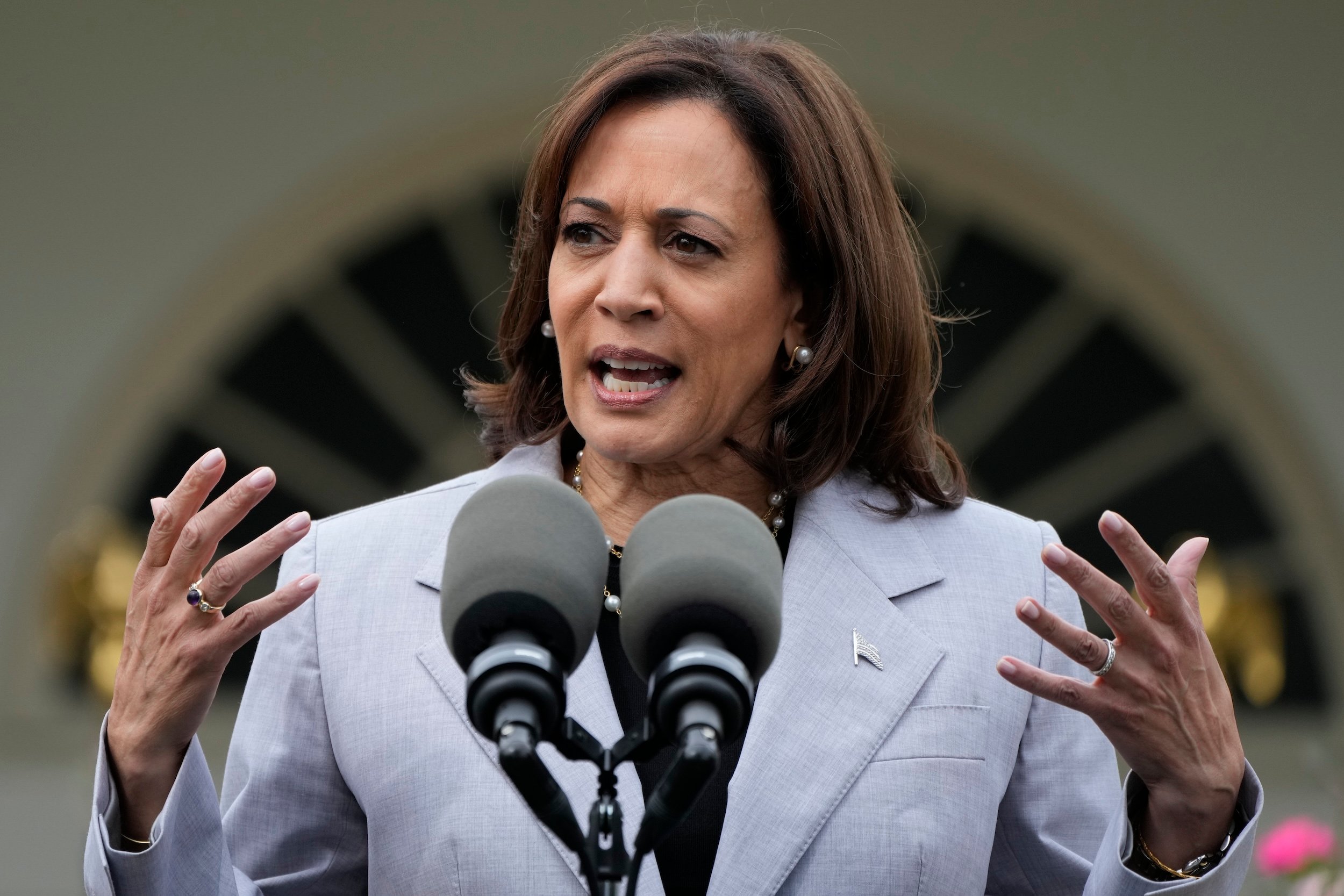Receive this daily news briefing by email every morning. Sign up here.
WHAT TO KNOW TODAY
Minneapolis scrambles to deal with a spate of gun violence. Shootings were rising in the city before the killing of George Floyd set off waves of protests, but have spiked during the month since, with 111 shootings since Memorial Day, according to the Minneapolis Police Department. Mayor Jacob Frey said that the department will work with local and federal law enforcement agencies to try to reverse the uptick, but Chief Medaria Arradondo acknowledged the “public health crisis” of gun violence must go beyond policing. “A really hard puzzle”: Criminologist Chris Uggen points out that city officials have prioritized employment as a part of a broader violence prevention strategy. He said while that’s good policy, it’s no panacea: “The early 1990s were high-crime/low-unemployment, and the late 2000s were high-unemployment/low-crime.” One community group’s perspective: Jamar Nelson, an activist with A Mother’s Love, called the City Council’s intention to dismantle the Minneapolis PD “irresponsible.” The group wants to work with the police to reduce violence. “To abolish the police department, to disband them irreparably harms the Black and Brown people.”
In the 11 days after George Floyd’s death, police used violence against protesters 125 times. Amnesty International conducted the open-source investigation of 500 videos taken during protests across the United States, verifying, geolocating, and analyzing the incidents with the help of weapons experts. The organization’s interactive map documents at least 15 incidents involving less-lethal projectiles. ICYMI: Earlier this month, The Trace’s Brian Freskos reported experts’ alarm at the use of so-called rubber bullets on civilians, noting that the projectiles can maim and even kill.
Calculating the racial disparities of police killings. In a new paper for the left-leaning People’s Policy Project, an New York University medical professor looked at more than 6,400 officer-involved killings dating back to 2015. White people had the lowest death rate (3.3 per million), followed by Latinos (3.5 per million), and Black people (7.9 per million). The analysis also found class dimensions to police violence. On a census tract level, the rate of police killings increased as poverty rates increased. In the lowest poverty quintile, the rate of killing was 1.8 per million; in the highest poverty quintile, it was 6.4 per million.
The city that slashed its police department — and recorded a surge in officer-involved shootings. Facing severe budget pressure after the Great Recession, Vallejo, California, declared bankruptcy and slashed its police force by almost half — leaving fewer than 80 officers for the town of 122,000 residents, three quarters of whom are people of color. Since then, the police have killed 20 people, according to reporting by The Washington Post. What caused the spike? A civil rights lawyer says a history of police brutality preceded the reductions, but a consultancy hired by the city blamed overworked officers for increased use of lethal force — Vallejo’s force is now half the size of the national average on a per capita basis. A local pastor and lead organizer of the city’s protests after the death of George Floyd echoed that point to the Post: “Do I really want a man or woman who’s worked 16 hours straight, with a gun in their hand, with state-sanctioned ability to take my life, who is tired — do I want that person authorized to police me? The answer to that is no.” In the meantime, anger continues to build: Earlier this month, a Vallejo officer fatally shot a Hispanic city resident while he knelt; he was found with a hammer, not a gun as initially reported. The mayor has pledged for a more diverse force and more police reforms. But calls to defund? “Our populace won’t stand for that.”
Seattle looks to phase out “autonomous zone.” After shootings left one dead and two people hospitalized in a portion of the city’s downtown occupied by protesters, Mayor Jenny Durkan said the city will work to curtail nighttime activities and return the area to its prior residential and commercial activity — and allow the Police Department back into its abandoned neighborhood precinct house “peacefully and in the near future.”
Permitless carry bill dies in Tennessee. The legislation would have allowed residents to carry a handgun without a permit so long as they otherwise would have qualified for one. But the state General Assembly adjourned this year’s legislative session without passing the measure. “While the battle is over this year, we’re expecting it to come back,” Bill Gibbons, the executive director of The Public Safety Institute at the University of Memphis, told Trace editorial fellow Chip Brownlee. The Republican governor had previously made the bill a priority, but shifted course after the onset of the pandemic.
DATA POINT
There were more than 90 attempted or successful gun store burglaries in the U.S. after Memorial Day through the first week of June, leading to more than 1,000 stolen guns. “It’s the biggest spike I have ever seen,” said an official with the Bureau of Alcohol, Tobacco Firearms, and Explosives. [Politico]

